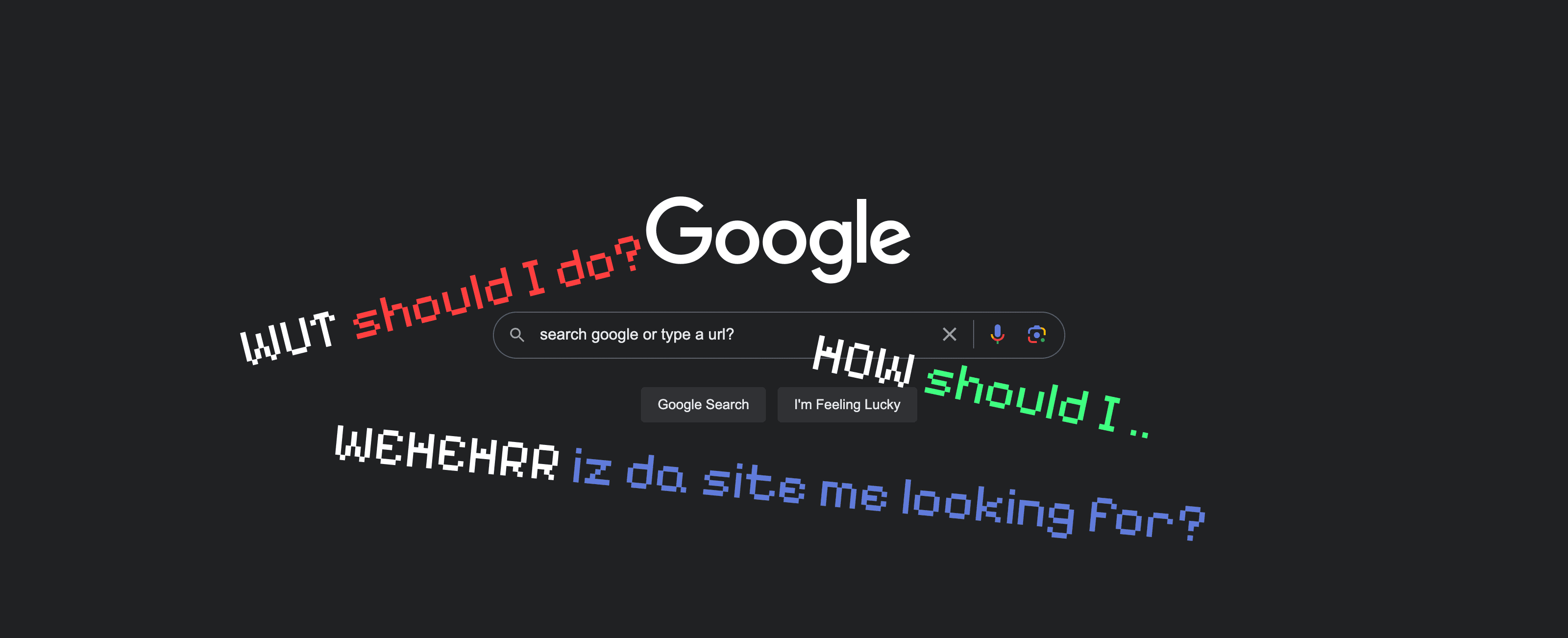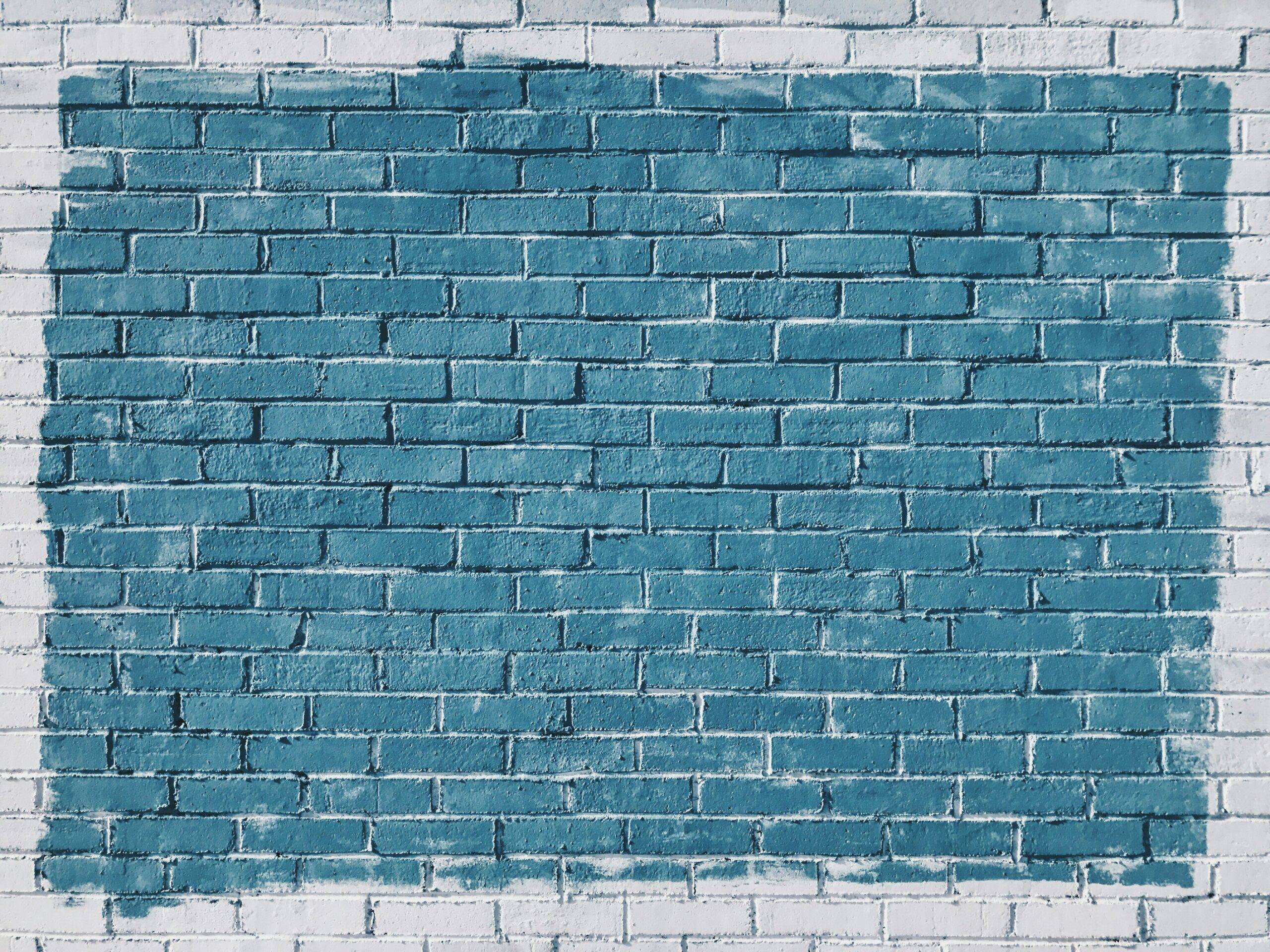Understanding Welding Eye Protection
Protecting one’s eyes during welding is critical due to the intense light and radiation a welding arc produces, as well as the potential for injury from hot slag and metal debris. This section delves into the classes of eye protection and the importance of selecting the appropriate filter shades, particularly for activities like solar eclipse viewing.
Classes of Eye Protection
Eye protection for welding is categorized into specific classes according to the CSA standard Z94.3-20 “Eye and face protectors”. Each class is tailored for particular applications, ensuring that the eyes are shielded effectively from the risks associated with different welding activities. Notably, eye and face protectors should have distinctive markings to identify the manufacturer and their class, providing assurance of quality and suitability for the task at hand.
| Class | Description |
|---|---|
| Class 1 | General use, impact protection |
| Class 2 | Welding, specific to process and conditions |
| Class 3 | Cutting, resistance to high-speed particles |
| Class 4 | Furnace operations, protection from radiant heat |
| Class 5 | Liquid splash protection |
| Class 6 | Dust protection |
| Class 7 | Goggles for fine dust protection |
| Class 8 | Short circuit arc (electrical) protection |
Importance of Filter Shades
The filter shade is a critical component in welding eye protection, selected according to the welding process, wire diameter, and operating current. The shade number indicates the darkness of the lens, with higher numbers corresponding to darker shades, providing greater protection against ultraviolet (UV) and infrared (IR) radiation. For instance, welders glass shade 14 is the darkest shade available, designed to block up to 99.999% of UV radiation and up to 99.9% of IR radiation, making it suitable for high amperage welding processes and viewing solar eclipses (Phillips Safety).
When selecting a filter shade for welding or for viewing events like a solar eclipse, it is imperative to choose a shade that provides adequate protection while still allowing the wearer to see the workpiece or eclipse clearly. Here’s a quick guide to understanding filter shades:
| Shade Number | Application |
|---|---|
| 2-6 | Light cutting and welding tasks |
| 7-11 | Medium to heavy cutting and welding tasks |
| 12-14 | Extremely high-intensity applications |
For those interested in the use of welding eye protection for solar viewing, particularly during eclipses, it is essential to ensure that the gear meets safety standards and is certified for the purpose. For more information on the selection and use of shade 14 glasses for solar viewing, please refer to eclipse welders glass.
Choosing the Right Shade
When selecting the appropriate eye protection for welding, it is crucial to choose the correct filter shade. The filter shade is determined by the welding process, wire diameter, and operating current, ensuring the safety of the welder’s vision (CCOHS).
Factors Influencing Shade Selection
Several factors influence the selection of a welding filter shade:
- Welding Process: Different welding processes emit varying levels of light and radiation.
- Wire Diameter: The thickness of the wire can affect the intensity of the arc and therefore the necessary level of protection.
- Operating Current: The higher the amperage, the brighter the arc and the darker the shade required for safe operation.
A table outlining recommended shades for various welding operations, based on these factors, can be a helpful guide for welders. OSHA provides a comprehensive chart indicating the appropriate shades for different types of welding.
Shade 14 for Maximum Safety
For those engaged in high-intensity welding, such as arc welding and gas welding, where intense levels of UV and IR radiation are emitted, welders glass shade 14 is the darkest shade available and provides the highest level of protection (Phillips Safety). It is suitable for extremely high amperage processes and is known to block up to 99.999% of UV radiation and up to 99.9% of IR radiation.
| Welding Process | Recommended Shade Number |
|---|---|
| Shielded Metal Arc Welding (SMAW) | 10-14 |
| Gas Metal Arc Welding (GMAW) | 12-14 |
| Gas Tungsten Arc Welding (GTAW) | 12-14 |
| Acetylene Cutting | 14 |
Welders using shade 14 glasses should also don additional protective equipment such as a welding helmet or face shield to ensure maximum safety. These darker lenses are commonly used in heavy industries like shipbuilding and construction (Phillips Safety).
The shade number refers to the darkness of the lens, with higher numbers indicating darker shades capable of handling higher-intensity applications. Overall, whether one is looking for welders goggles or welding glasses, shade 14 provides the best defense against the harmful effects of UV and IR radiation during welding activities. It is essential to use a filter lens with a shade number appropriate for the type of welding being done to maintain both safety and productivity.
Safety Standards for Eyewear
When engaging in activities that require eye protection, such as observing solar eclipses with welders glass shade 14, it is critical to adhere to established safety standards. These standards ensure that the protective gear provides adequate defense against potential hazards.
ANSI Z87.1 Explained
The American National Standards Institute (ANSI) sets forth the Z87.1 standard, which is the industry benchmark for protective eyewear. This includes gear used in welding, such as welders glass. To meet the ANSI Z87.1 standard, welders glass shade 14 must undergo rigorous testing to guarantee its ability to safeguard the eyes from intense light and ultraviolet radiation (Phillips Safety).
The Z87.1 standard ensures that protective eyewear can withstand impact, non-ionizing radiation, and exposure to chemicals. For those looking to use welding glass for eclipse viewing, this standard is a key indicator of the glass’s safety and effectiveness. Always look for the ANSI Z87.1 marking when purchasing welding glasses for solar eclipse to confirm that the product meets essential safety criteria.
Inspecting and Maintaining Protective Gear
To maintain the integrity of protective eyewear, regular inspection is essential. Welders should examine their welding glasses 14 shade frequently for any signs of damage, such as scratches or cracks, that could compromise the protective capabilities of the lens. If any damage is detected, the lens must be replaced immediately to ensure ongoing protection (OSHA).
Below is a simple checklist for maintaining and inspecting welders glasses:
| Inspection Criteria | Action Required |
|---|---|
| Presence of scratches or cracks | Replace lens |
| Cleanliness of lens | Clean with appropriate materials |
| Fit and comfort | Adjust for secure fit |
| ANSI Z87.1 marking | Confirm presence of marking |
It is also advisable to purchase number 14 welders goggles and other protective eyewear from trustworthy sources to avoid counterfeit products that may not provide adequate protection. Forums like Cloudy Nights can offer guidance on reputable brands and retailers.
Proper maintenance includes storing the protective gear in a clean, dry place and handling it with care to prevent accidental damage. By following these safety standards and maintenance practices, individuals can ensure that their protective eyewear remains effective for solar eclipse welders glasses viewing and other activities that require stringent eye protection.
Shade 14 for Solar Viewing
When it comes to observing solar phenomena such as eclipses, safety is paramount. One of the most recommended and accessible tools for this purpose is welders glass, specifically the shade 14 glass, which is designed to protect the eyes from the intense light of the sun.
Suitability for Eclipses
Welders glass shade 14 is commonly used by amateur astronomers and outdoor enthusiasts to view solar eclipses and other solar events (Cloudy Nights). This particular shade is a dark filter that provides adequate protection for direct observation of the sun. It is crucial to use the correct shade because looking at the sun without adequate eye protection can lead to permanent eye damage.
| Activity | Recommended Shade |
|---|---|
| Solar Eclipse Viewing | 14 |
For those interested in viewing a solar eclipse, welders glasses shade 14 are recommended because they reduce the sunlight to safe levels for your eyes. Unlike stacking lower shades, which can result in suboptimal protection and image quality, a single piece of #14 welders glass offers both safety and a clear view of the eclipse (Astronomy Stack Exchange).
Variability and Certification
While welders glass shade 14 is generally suitable for solar viewing, there can be variability in the quality and certification of these products. It is important to ensure that any welders glass used for solar viewing meets the safety standards and offers sufficient protection against ultraviolet and infrared light. The concern with infrared light is particularly important, as it can pass through materials that block visible and ultraviolet light, posing a risk to the viewer’s eyesight.
| Light Type | Concern Level |
|---|---|
| Ultraviolet | Low |
| Infrared | High |
To ensure maximum protection, it’s recommended to seek out certified welding glasses for solar eclipse viewing that are explicitly rated for this purpose. Certification by recognized standards organizations guarantees that the product has been tested and meets specific requirements for safety. For those unable to find a single piece of SN14 filter, it is possible to combine lower shade numbers to achieve similar protection, but the clarity of the solar image may be compromised.
Choosing the right protective eyewear is critical for anyone planning to observe a solar eclipse. With the correct welders glass shade 14, viewers can enjoy the spectacle without risking their vision, ensuring a safe and memorable experience. Always verify that the product is properly certified and inspect it for any damage before use to maintain the highest safety standards.
Additional Safety Considerations
While welders glass shade 14 is a trusted solution for solar observation, it’s important to consider additional safety equipment and be aware of the specific risks associated with observing solar phenomena.
Protective Equipment Beyond Eyewear
While welders glass shade 14 is vital for protecting your eyes during a solar eclipse, it’s not the only safety measure you should take. Other protective equipment includes:
- Solar viewing glasses: For moments when you’re not directly looking through the welders glass, ensure you have ISO-certified solar viewing glasses handy.
- Solar filters for telescopes/binoculars: If you’re using telescopes or binoculars, make sure they are equipped with appropriate solar filters to prevent damaging the equipment and your eyes.
- Sunscreen: Apply broad-spectrum sunscreen to protect your skin from UV radiation during extended periods outdoors.
- Hats and protective clothing: Wear a wide-brimmed hat and long-sleeved clothing to shield your skin from the sun.
Specific Risks of Solar Observation
Observing solar phenomena, such as eclipses, comes with inherent risks that should not be underestimated. Directly viewing the sun without proper protection can lead to ‘eclipse blindness’ or retinal burns, which can cause permanent eye damage.
Risks include:
- Inadequate filtration: Not all materials are safe for viewing the sun. Materials that do not meet the necessary standards can transmit harmful solar radiation.
- Cumulative exposure: Repeated exposure to solar radiation, even with protective gear, can have a cumulative effect on your eyes. Limit the duration of direct observation.
- Improper use of equipment: Using damaged or improperly maintained protective gear can lead to a false sense of security and increased risk of injury. Always inspect and maintain your protective gear thoroughly before use.
By understanding the additional protective measures and risks, you can enjoy the awe-inspiring experience of a solar eclipse safely. Remember to source your protective eyewear, such as welders glasses 14 or welders goggles shade 14, from reputable suppliers and check for necessary certifications. When prepared correctly, solar observation can be a safe and unforgettable outdoor activity for all enthusiasts.
Where to Find Shade 14 Glass
For urban outdoor enthusiasts and amateur astronomers who eagerly anticipate solar eclipses, locating the correct shade of welders glass is paramount. Shade 14 glass is the recommended standard for safely observing solar phenomena.
Reputable Sources
When searching for welders glass shade 14, it is essential to purchase from reputable manufacturers and retailers who provide certified protective gear. As advised by Cloudy Nights, consulting with experts and trusted sources ensures that the welders glass you acquire is suitable for safe solar viewing. Here’s a list of potential sources to consider:
- Specialty welding supply stores
- Online marketplaces with verified sellers
- Astronomy hobby shops
- Professional safety equipment suppliers
Before finalizing a purchase, verify that the product meets industry safety standards and carries the necessary certifications for solar viewing.
Avoiding Counterfeit Products
Given the specific risks associated with solar observation, it is crucial to avoid counterfeit or substandard products that may not offer adequate eye protection. To ensure the safety and effectiveness of your shade 14 glasses, be mindful of the following guidelines:
- Check for a certification mark that indicates compliance with safety standards.
- Purchase from authorized dealers or directly from the manufacturer whenever possible.
- Read reviews and check ratings of the product and seller if purchasing online.
- Be cautious of prices that seem unusually low, which may indicate a counterfeit product.
When it comes to observing solar eclipses, using the proper equipment like welders glasses 14 is non-negotiable. By sourcing your shade 14 glass from credible suppliers and ensuring the product’s certification, you can enjoy the awe-inspiring experience of a solar eclipse without compromising your safety.




Leave a Reply